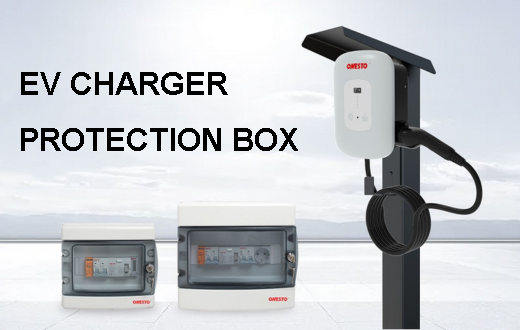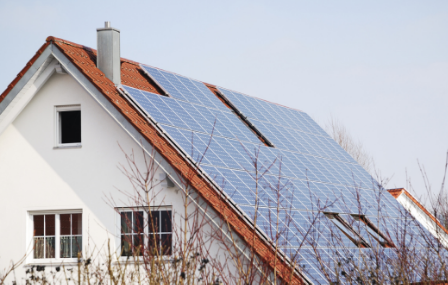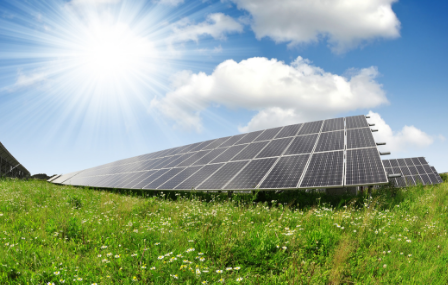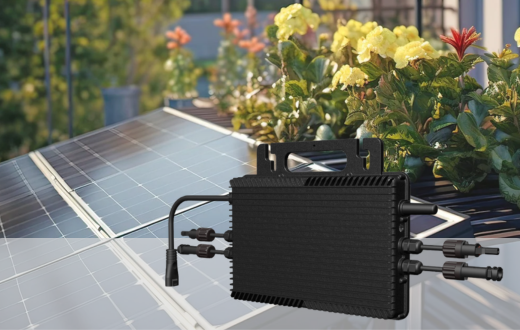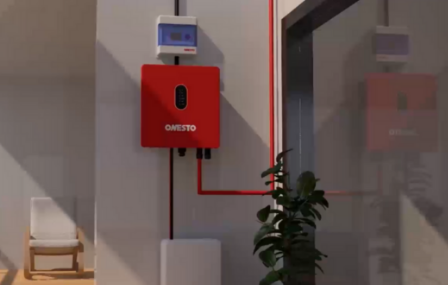Renewable energy sources such as wind and solar have emerged as an important part of the global energy mix. Currently, solar and wind energy are widely used around the world, successfully meeting the electricity needs of many buildings.
However, in the face of ever-changing and growing electricity consumption for heating, cooling and appliances, as well as the popularity of electric vehicles (EVs), we are presented with a new challenge. Relying solely on current wind and solar power may not be enough to meet the higher demand for electricity in the future. Therefore, we need to think and act innovatively to ensure a sustainable supply of energy.
Against this backdrop, in-building energy storage solutions with integrated intelligent/automated controls have become a highly sought-after solution. This not only allows for a better response to the ever-changing demand for electricity, but also for a more efficient utilisation of renewable energy sources such as solar energy.
A large portion of building-level PV generation is generated when it is not needed. Self-consumption can be increased through demand response by smart devices, whose use can be shifted to times of high PV production and storage (including two-way EV charging). In some cases, excess power can be stored in local (nearby) storage that should be used in a coordinated manner between buildings during short-term or even seasonal periods.
According to the above, the smart inverter is an essential device in this system. Onesto’s smart solar inverters are available in 5-10kw, catering for different domestic and commercial needs.
We have our own monitoring platform,you can search ONESTO SOLAR in APP Store. It monitors the operating data of the inverters and allows you to view monthly or yearly power generation, etc. Also, you can set your own parameters to achieve your needs.

In the future, inverters will continue to play an important role as renewable energy continues to spread and power systems transform. Trends will focus on improving conversion efficiency, reducing costs, enhancing intelligent control and adapting to more types of renewable energy.

